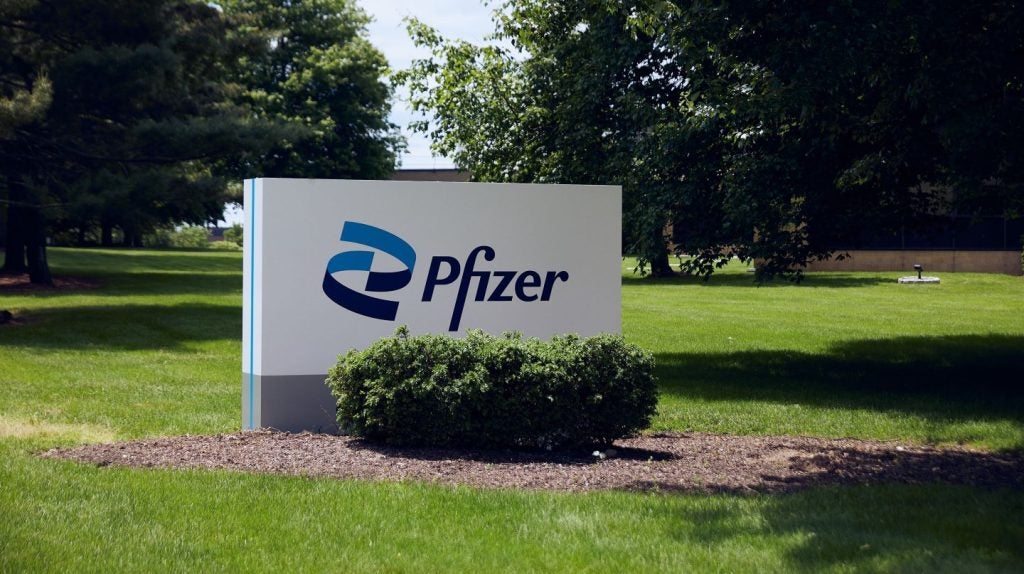

Asthma is a growing problem in many parts of the world. The condition currently affects over 300 million people globally. The figure, which has been rising since the 1970s, is expected to hit 400 million by 2025.
To some extent, this increase in prevalence may reflect improvements in diagnostics and awareness, particularly in developing countries. However, it seems clear that environmental factors are rendering ever more people susceptible. Take China for instance, where increased urbanisation and the subsequent air pollution has sparked a dramatic rise in incidence. In certain cities, the proportion of sufferers has reached an alarming 11%.
Market growth
While there are many well-established treatments available – typically an inhaled beta2-agonist alongside oral corticosteroids – they do not work well for all patients at all times. Asthma is a heterogeneous disease, with several sub-phenotypes and many different degrees of severity. At the more serious end of the spectrum, it remains a significant cause of mortality and morbidity. And for a small but significant proportion of patients, the products currently available are not enough.
As a result, pharmaceutical companies are scrabbling to create new therapies. Across the top eight developed nations, the market for asthma drugs was worth $18.4bn in 2013 and is projected to hit $21.7bn by 2020.
This projected growth (at a CAGR of 2.4%) is not fast considering the rising incidence of asthma; it is being stymied to some degree by the generic erosion facing several leading brands. Over the next few years, two key marketed drugs – GlaxoSmithKline’s Advair (the market leader in the US) and AstraZeneca‘s Symbicort – are likely to see a drop in sales as a result of competition from new generics.
How well do you really know your competitors?
Access the most comprehensive Company Profiles on the market, powered by GlobalData. Save hours of research. Gain competitive edge.

Thank you!
Your download email will arrive shortly
Not ready to buy yet? Download a free sample
We are confident about the unique quality of our Company Profiles. However, we want you to make the most beneficial decision for your business, so we offer a free sample that you can download by submitting the below form
By GlobalDataHowever, the market is becoming far more diversified and interesting, with a high number of new entrants and as many as 250 asthma-related products in the pipeline. As of 2014, there were almost 100 novel molecules or formulations in phases II or III of development.
Biologics and monoclonal antibodies
A number of researchers, keen to develop new treatments for severe asthma, have focused their efforts on identifying molecules that contribute to the condition. These molecules then become a potential target for therapy, for example in the form of monoclonal antibodies.
To date, there has only been one biologic agent approved for asthma treatment in the US: Omalizumab, which is marketed as Xolair by Novartis and Roche / Genentech. A monoclonal antibody, Omalizumab homes in on IgE, the antibody involved in allergic responses.
While this is the sole market entrant for now, over the next few years many other products of this kind are expected to reach the pharmacy. According to research by Datamonitor Healthcare, the late-stage pipeline consists primarily of biologic therapies, which have the potential to generate $2.7bn in sales by 2021.
One key contender is Mepolizumab (currently pending FDA approval) which targets the interleukin-5 (IL-5) receptors. IL-5 is a protein responsible for regulating the growth and activation of white blood cells. It plays an important role in certain types of asthma, prompting white blood cells to move to the airways, where they inflict damage via a number of mechanisms. Mepolizumab, along with other similar molecules, reduces the number of white blood cells in the patient’s blood, tissue and sputum.
Other biologics have shown less impressive results. Because many of the proteins associated with immune response have overlapping effects, it is difficult to isolate a single culprit and target drugs accordingly.
That said, research in this field has yielded important information about the variability of asthma. It is clear that the future of treatment will lie in identifying particular variants and developing medicines for the corresponding patient subgroups.
"Late-stage pipeline biologics will be positioned to treat this patient population. However, commercial opportunities may ultimately be restricted by the size of the target population and the high cost of manufacturing, which will impact the pricing and reimbursement of biologics in asthma," said Datamonitor analyst Natasha Spiller in a release.
New drugs on the scene
Outside the realm of biologics, there are a number of new therapies to choose from. GlaxoSmithKline’s Breo, touted as the next blockbuster asthma drug, was given FDA approval in April for use in adults with asthma. A combination therapy available in two strengths, which uses the dry powder inhaler Ellipta, it is intended to be used once daily as a maintenance treatment.
"Asthma is a variable condition and guidelines recommend a stepwise approach to treatment with the aim of achieving asthma control. Breo Ellipta is our second asthma treatment to be approved in the US in the past year, and now provides physicians with a range of treatment options delivered via the Ellipta inhaler to meet the needs of appropriate adult patients with differing asthma severities," said Darrell Baker, senior vice president of the GSK Global Respiratory Franchise.
Boehringer Ingelheim‘s Spiriva – already a major seller for chronic obstructive pulmonary disease – was approved for asthma in the EU last year. Indicated for patients who remain symptomatic despite taking corticosteroids and beta2-agonists, the drug is a muscarinic antagonist, making it the first new therapeutic class to be approved for asthma in more than a decade.
Pharma companies are also intent on developing drugs with novel delivery devices, allowing them to capitalise on existing therapies that long ago fell off patent. Should a delivery device be shown to improve drug deposition, it may be possible to decrease the dose of drug required. For instance, Boehringer Ingelheim’s Respimat soft mist inhaler produces a slow-moving mist of drug, which leads to more product deposited in the lungs than a typical metered dose inhaler. As the market for nebulisers grows, more devices of this kind can be expected.
For many pharma companies, finding marketable new asthma treatments – be they combinational therapies, beta-agonists, corticosteroids or biologics – is an important and potentially lucrative area of focus. The real beneficiaries, however, will be the growing number of patients suffering from severe asthma. For these patients, the incoming wave of personalised medicine is sure to reap benefits where established therapies could not.







